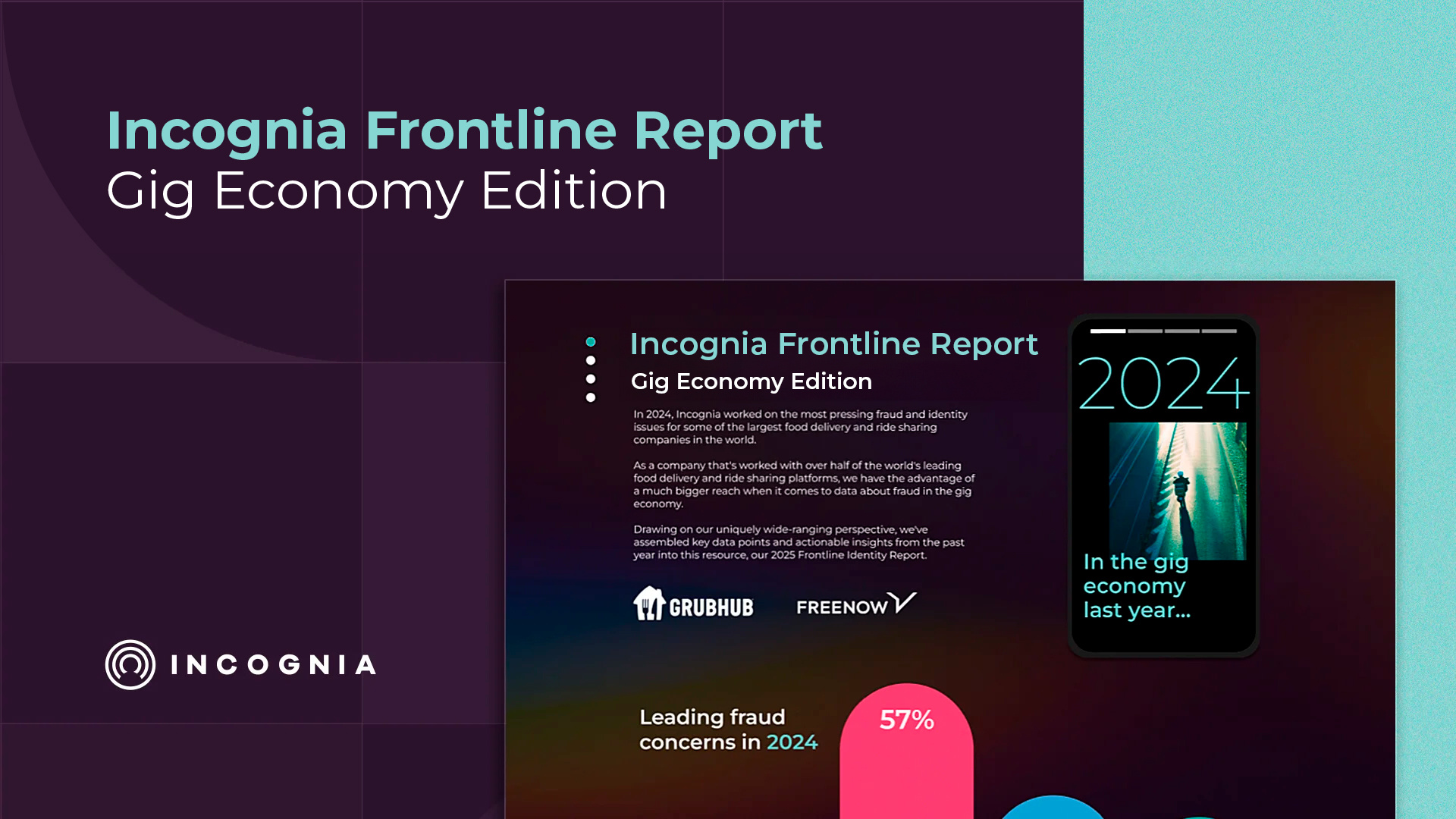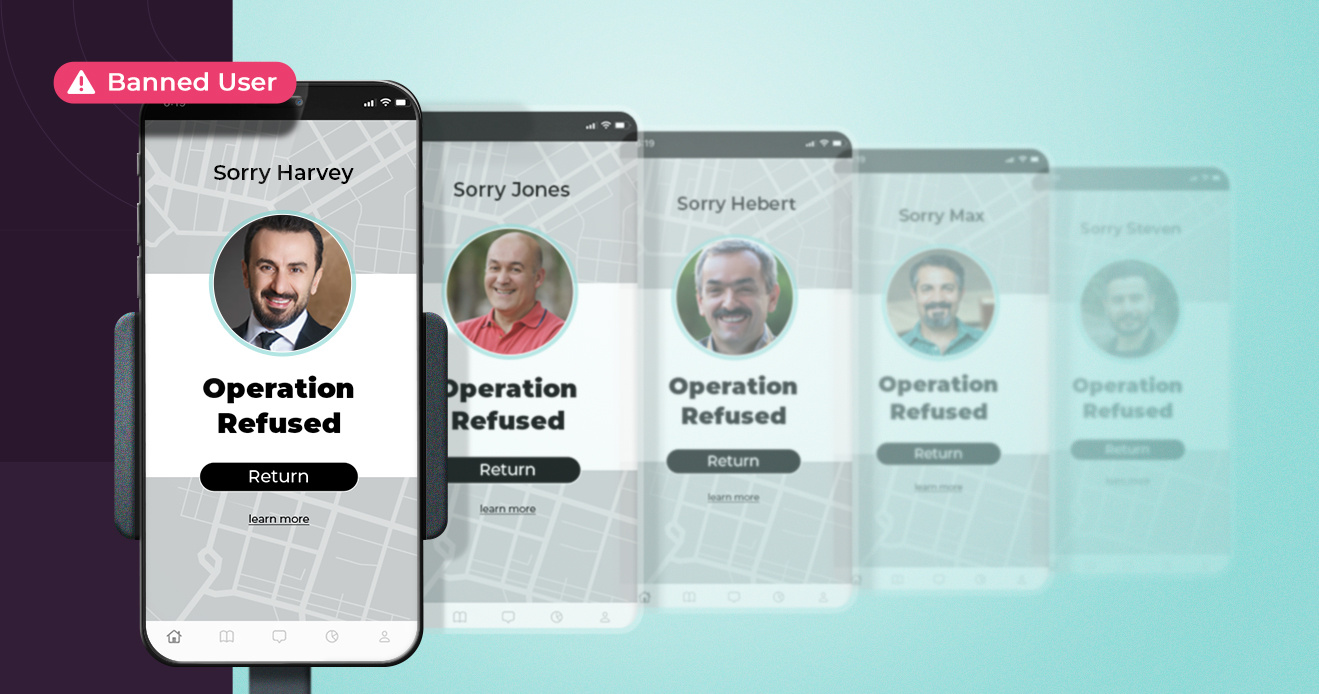- Blog
- The Fundamentals of Real-Time Address Verification
The Fundamentals of Real-Time Address Verification
In this article, we take a closer look at the fundamentals of real-time address verification, and explore the benefits it can offer businesses.
Subscribe to the Incognia Newsletter
Address verification is just one of many ways to digitally verify that new users are who they say they are. Without measures like this in place, customers that onboard online could present any identity they wanted leading to numerous safety and security issues, depending on the industry. Having the appropriate form of identity verification check in place helps online platforms maintain the integrity of their community and ensures that financial institutions are abiding by industry regulations.
There are several ways to verify addresses for identity proofing. Today, one of the most common ways is to make an API call to a third party data provider, such as a credit bureau, to confirm the personal information (PII), like a phone number or address, that is provided by the new user. This solution was implemented in the mid-90s when internet use started becoming more common. Identity databases such as credit bureaus, the DMV, and others, were used to corroborate the data presented online.
While these legacy address verification systems did the job well in the age of 100 kilobyte per second internet speeds, digital identity proofing has become more complex. Today, we’ve outgrown software that runs on a dial-up connection and there are entirely new identity verification solutions available.
The problems with traditional address verification software
An estimated 10% of Americans are not included in any credit bureau database. However, according to Forbes, of the individuals that do have data included, about a third of them report finding errors in their information. This is a problem because it can adversely affect their eligibility and pricing for loans, apartment leases, home purchases, insurance policies and more.
For example, say a new user inputs their correct information but it is compared with outdated or incomplete information within the database. If the company relies exclusively on just one verification method, these users may be blocked from opening an account. Not only does this frustrate the new user, but it hurts the company’s growth as well.
The cost of a lost user, or customer lifetime value (CLV), varies by industry. It can range from a few hundred dollars per user for e-commerce sites to a few thousand dollars per user for financial institutions. In essence, every customer that cannot be onboarded, perhaps due to an outdated database, has a direct impact on the bottom line.
Legacy identity databases face coverage and recency issues that undermine their effectiveness. Today however, new software solutions have emerged offering higher coverage, domestically and internationally, meaning more users are successfully verified fueling business growth.
What is real-time address verification?
Behavior verification not information verification
Real-time address verification involves comparing the location behavior of a device with an address and usually occurs during the onboarding process. The location data is gathered from the sensors on a mobile device at the time of the verification request, then this data is converted into an address format, and that address is compared with the one provided by the new user when opening a new account.
One of the biggest advantages of this approach is the quality of the data used for verification. Rather than being sourced from various different databases, this data is collected in real-time directly by the software making the verification decision. This guarantees the most up-to-date location information available and reduces the “no-match” risk increasing verification coverage. With this software, the recency and coverage challenges of the legacy address verification solutions are drastically diminished.
While other address verification services self-describe as automatic or real-time, those characteristics refer to the time it takes to query the database and deliver an API response with a verification result. The databases themselves are only subject to periodic updates, meaning address information may still be several months, or even years, old.
Real-time address verification, as Incognia describes it, combines real-time data collection and API responses. Incognia’s location identity technology uses spoofing-resistant location data collected from Bluetooth, WiFi, GPS, and other sensors, and compares it with the address provided by the user. This enables any user whose current location is at or near the address they provide to onboard, regardless of the presence or accuracy of their information stored in a database.
Another use case for real-time location information is the ability to cross reference collected location data against a list of “suspicious locations,” or locations previously associated with fraudulent accounts. This context can help platforms block solo fraudsters and organized fraud farms at onboarding.
Real-time address verification also isn’t just useful as an onboarding tool—its use cases also extend to post-onboarding fraud prevention. Using marketplaces as an example, real-time address verification can also be used to verify listings such as apartments for rent. Instead of leaving users vulnerable to fake apartment scams, real-time AV can compare location information extracted from the listing with the poster’s real-time physical location.
What are the main benefits of real-time address verification?
Real-time address verification technology not only solves the challenges associated with legacy systems, but it also introduces new benefits.
Increase verification rate both domestically and internationally
Real-time address verification software provides higher coverage rates because it gathers location data in the moment, ensuring it is as recent as possible. This enables more users to successfully onboard, meaning lower customer acquisition costs and faster growth without compromised trust and safety.
The additional benefit of this approach is that it works globally, reducing the number of new vendors that need to be integrated to support verification in each country of operation.
Identity assurance to prevent new account fraud
Industries that are transactional, like financial services and retail, are regulated by a process called Know Your Customer or “KYC”. They are required to ensure that their customers are who they say they are. However, given the number and size of recent data breaches, information verification is no longer reliable enough to confirm identity.
This is why companies across industries need to consider adding a behavioral layer like real-time address verification that can prevent fake new accounts, as well as their downstream effects. The power of behavior is that it gives collected information context which is invaluable to risk management.
Flexibility across use cases
Today, user verification isn’t just critical to financial institutions. There are thriving peer-to-peer marketplaces that need software to verify the existence and ownership of posted listings that range from used furniture to million dollar vacation rentals. Additionally, gig economy companies, such as food delivery and ride hailing, deal with promotion abuses, enabled by multiple account creation, that are occurring on both the supply and demand sides of the platforms.
Just as technology has developed in the last thirty years, so too has the fraudster’s tool kit. Modern fraud threats require modern solutions, which is why behavior analysis like real-time address verification should be carefully considered by fraud, risk and trust & safety teams.




